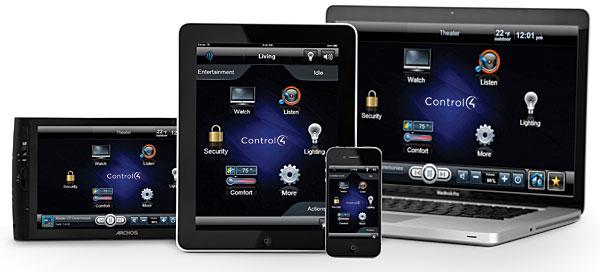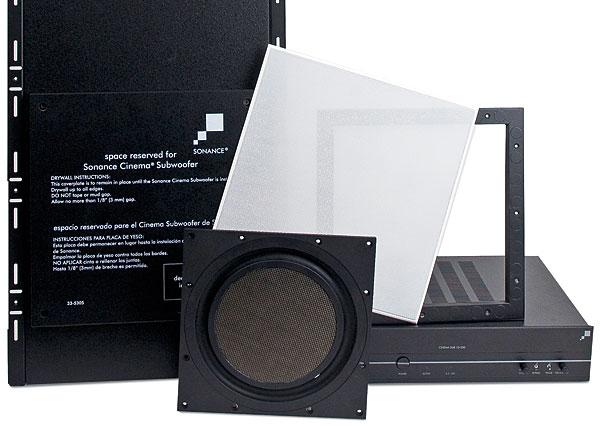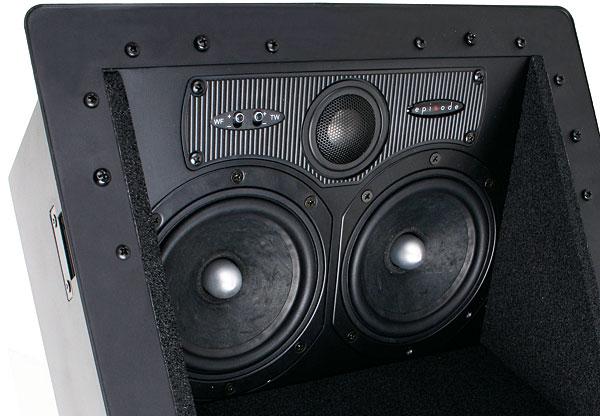Darryl Wilkinson
|
Sep 08, 2011
|
Sep 07, 2011
|
Apr 19, 2011
|
Mar 30, 2011
|
Mar 21, 2011
|
Feb 07, 2011









 Price: $3,000 At A Glance: Extremely rigid back-box enclosure construction • 4-inch voice-coil flat woofer • Class D amp can power one or two woofers
Price: $3,000 At A Glance: Extremely rigid back-box enclosure construction • 4-inch voice-coil flat woofer • Class D amp can power one or two woofers






